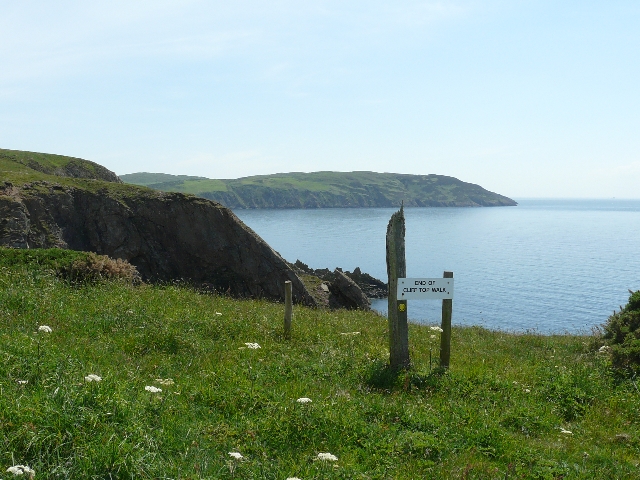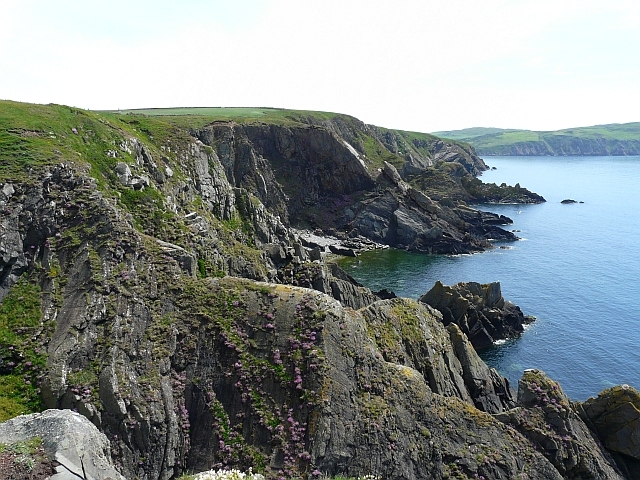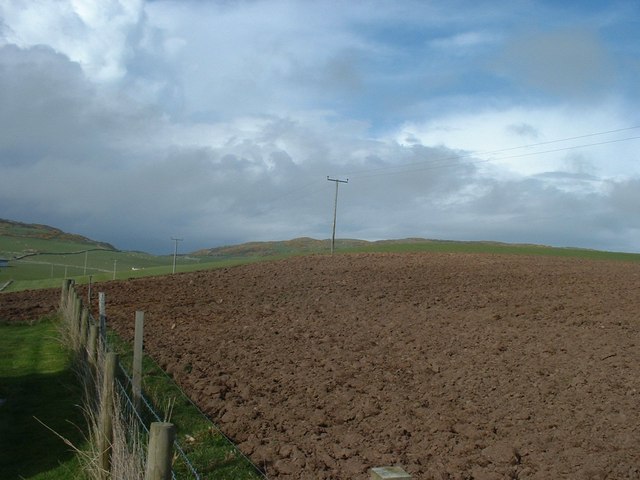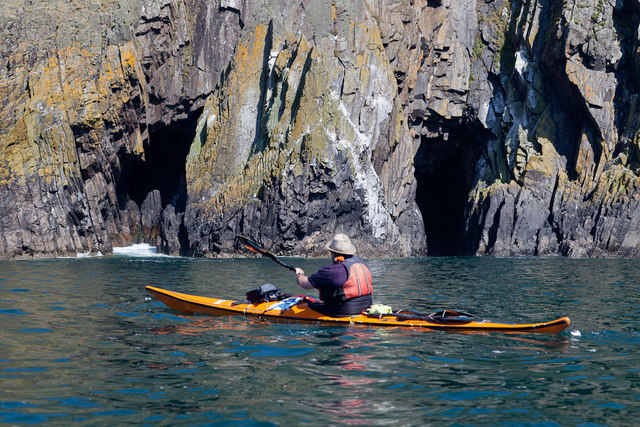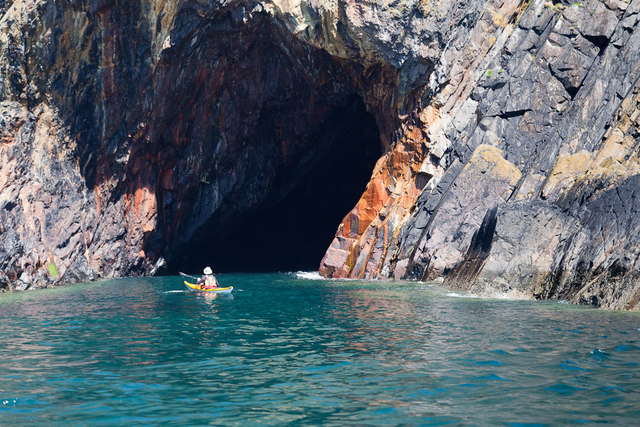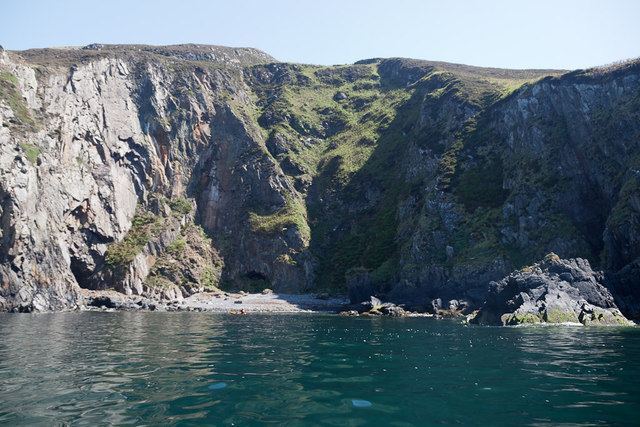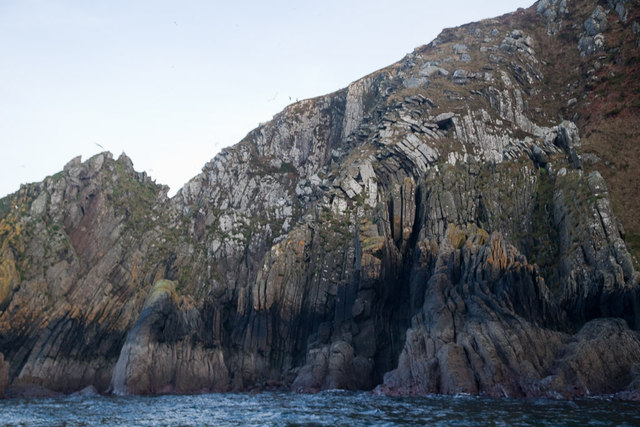Bennan
Coastal Marsh, Saltings in Wigtownshire
Scotland
Bennan
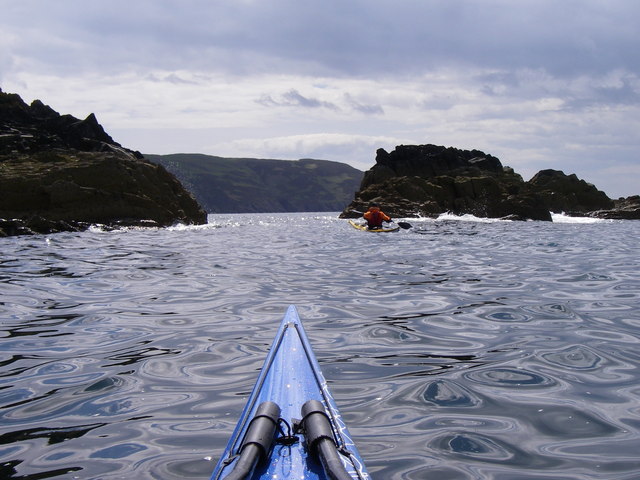
Bennan, located in Wigtownshire, is a small coastal marsh area that is commonly referred to as the "Saltings." Situated on the western coast of Scotland, this stunning natural formation stretches across approximately 2 square kilometers. Known for its unique ecological features, Bennan boasts an array of diverse flora and fauna, making it a significant site for nature enthusiasts and wildlife conservationists.
The marshland is characterized by its muddy and sandy terrain, which is rich in nutrients and ideal for supporting a variety of plant species. Visitors to Bennan can expect to find an assortment of salt-tolerant plants like samphire, sea lavender, and cordgrass. These plants play a crucial role in stabilizing the marshland and providing habitat for various bird species.
Speaking of birds, Bennan is home to an impressive avian population. Birdwatchers can spot an assortment of wading birds, including herons, oystercatchers, and curlews, all of which are attracted to the marsh's abundant food sources. During the breeding season, the area becomes particularly vibrant, as the marsh serves as a nesting ground for many bird species.
Bennan's coastal location also means that it experiences the ebb and flow of tides, resulting in a constantly changing landscape. This tidal influence creates a dynamic environment, with pools and channels forming and disappearing with each tide cycle. It is advisable for visitors to be cautious and aware of tidal movements when exploring the area.
Overall, Bennan, Wigtownshire, is a captivating coastal marshland that offers a unique blend of natural beauty and biodiversity. Its rich ecosystem and stunning scenery make it an ideal destination for nature lovers and those seeking tranquility amidst the wonders of Scotland's coastline.
If you have any feedback on the listing, please let us know in the comments section below.
Bennan Images
Images are sourced within 2km of 54.698639/-4.9524568 or Grid Reference NX0937. Thanks to Geograph Open Source API. All images are credited.
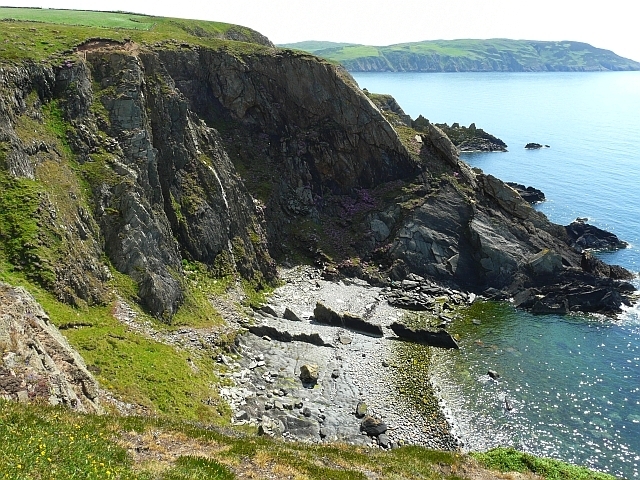
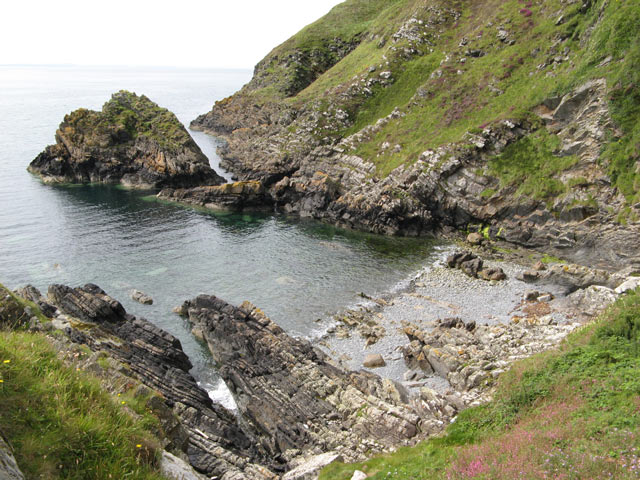

Bennan is located at Grid Ref: NX0937 (Lat: 54.698639, Lng: -4.9524568)
Unitary Authority: Dumfries and Galloway
Police Authority: Dumfries and Galloway
What 3 Words
///paves.emulating.laptop. Near Drummore, Dumfries & Galloway
Nearby Locations
Related Wikis
Kirkmaiden (village)
Kirkmaiden (sometimes Maidenkirk; Scottish Gaelic: Cill M'Eudan) is a small settlement in Galloway, Scotland, located approximately 17 miles (27 km) south...
Kirkmaiden
Kirkmaiden is a parish in the Rhins of Galloway, the most southerly in Scotland; the present Church of Scotland parish has the same name as and is approximately...
Port Logan
Port Logan, formerly Port Nessock, is a small village in the parish of Kirkmaiden in the Rhins of Galloway in Wigtownshire. The Gaelic name is Port Neasaig...
Drummore
Drummore (drum-ORE; (from Gaelic An Druim Mòr meaning "the great ridge") is the southernmost village in Scotland, located at the southern end of the Rhins...
Nearby Amenities
Located within 500m of 54.698639,-4.9524568Have you been to Bennan?
Leave your review of Bennan below (or comments, questions and feedback).
